The Downsides of Upsizing Your Wheels
The Downsides of Upsizing Your Wheels
For most car buyers, the rims and tyres are one of the first components of the car that are upgraded, thanks to the relative ease of replacement and the immediate visual flamboyance that’s added to the car’s exterior. On the other hand, there’s the camp that firmly believes that deviating from manufacturer specifications is a sin. As it turns out, the latter group do present some legitimate points – here’s why!
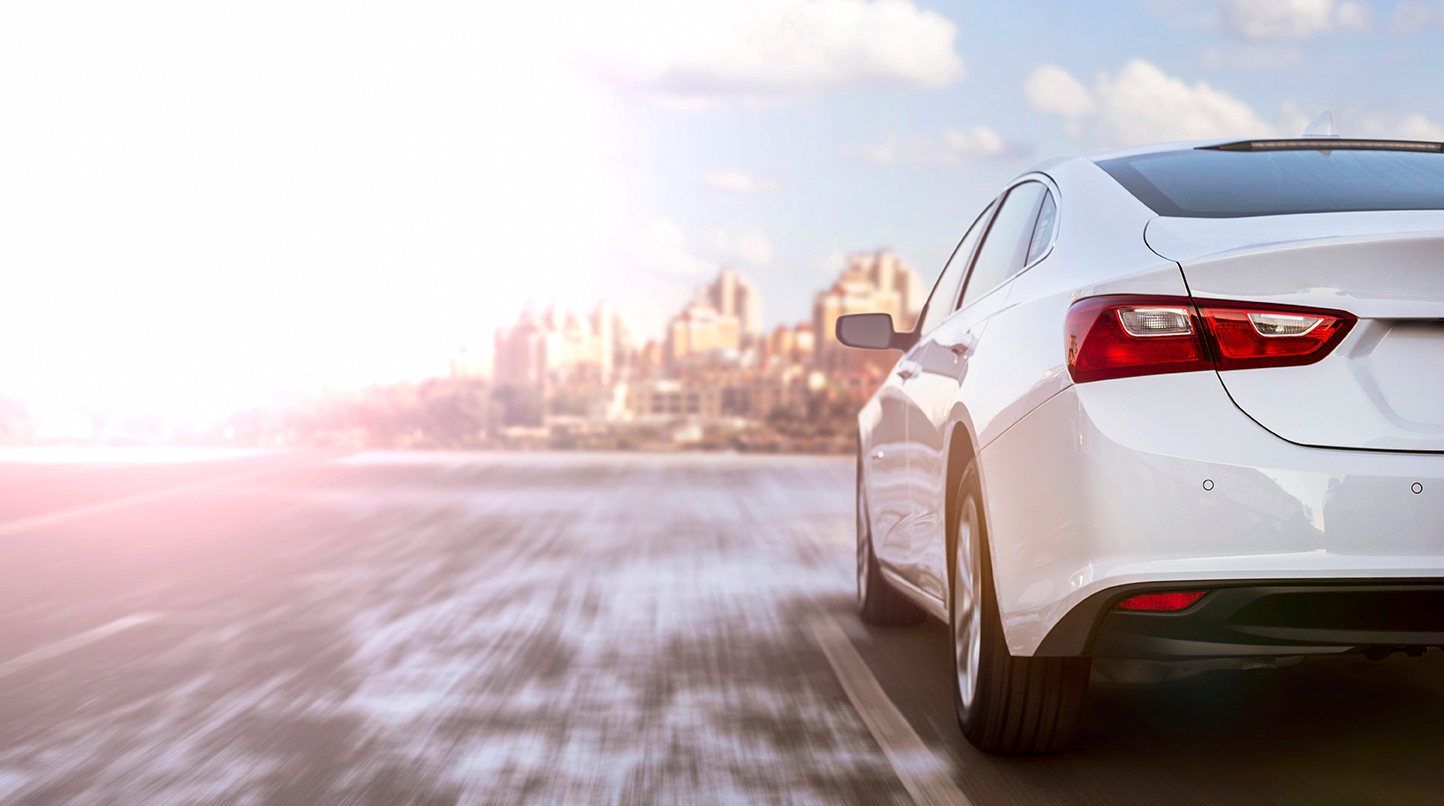
What Happens When You Upsize Your Wheels?
The numbers on your tyre’s sidewall aren’t just there for aesthetics – they provide some important information, and the numbers are closely related to each other! Because of this, increasing the diameter of your wheels will inevitably result in an increase of the tyre’s width.
Take the example of a car fitted with 195/65/R15 tyres fitted as original equipment. Should the owner choose to upgrade to 17-inch wheels to make the car look more stylish, he or she will require 225/45/R17 tyres fitted in order to maintain the overall diameter of the rim and tyre – that represents a 30mm increase in width!
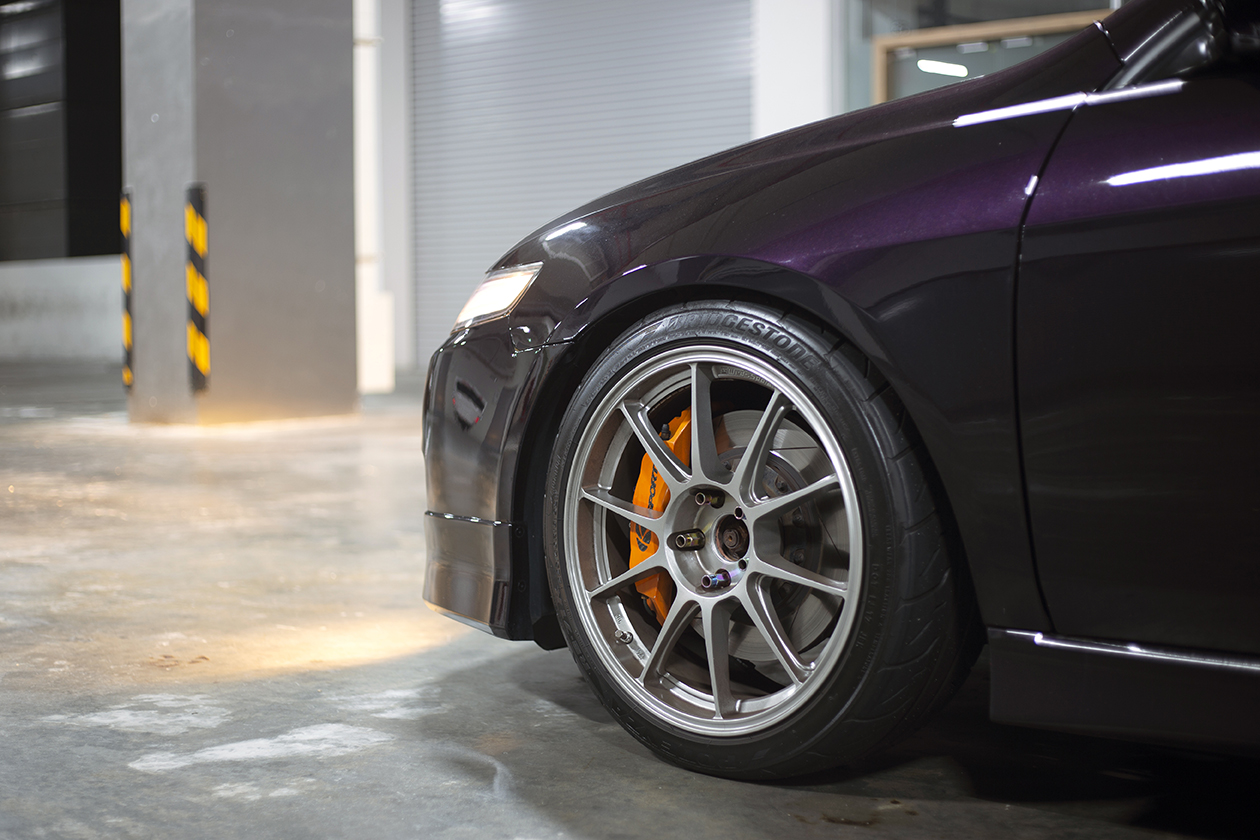
Question: Should I upsize my wheels? The larger diameter and thinner sidewall makes my car look nicer...
Speaking from our – a tyre manufacturer’s – point of view, we’d say that it’s best to stick to your car manufacturer’s original equipment tyre size. However, if you do insist on upsizing your wheels, do make sure that you follow the technical rule – your new overall wheel diameter should not be more than 103% of your original wheel diameter (i.e. not more than a 3% increase).
If you’re unsure of how to calculate the diameter of your wheels, handy calculators such as the one on Wheel-Size.com can give you relatively accurate calculations with minimal effort.
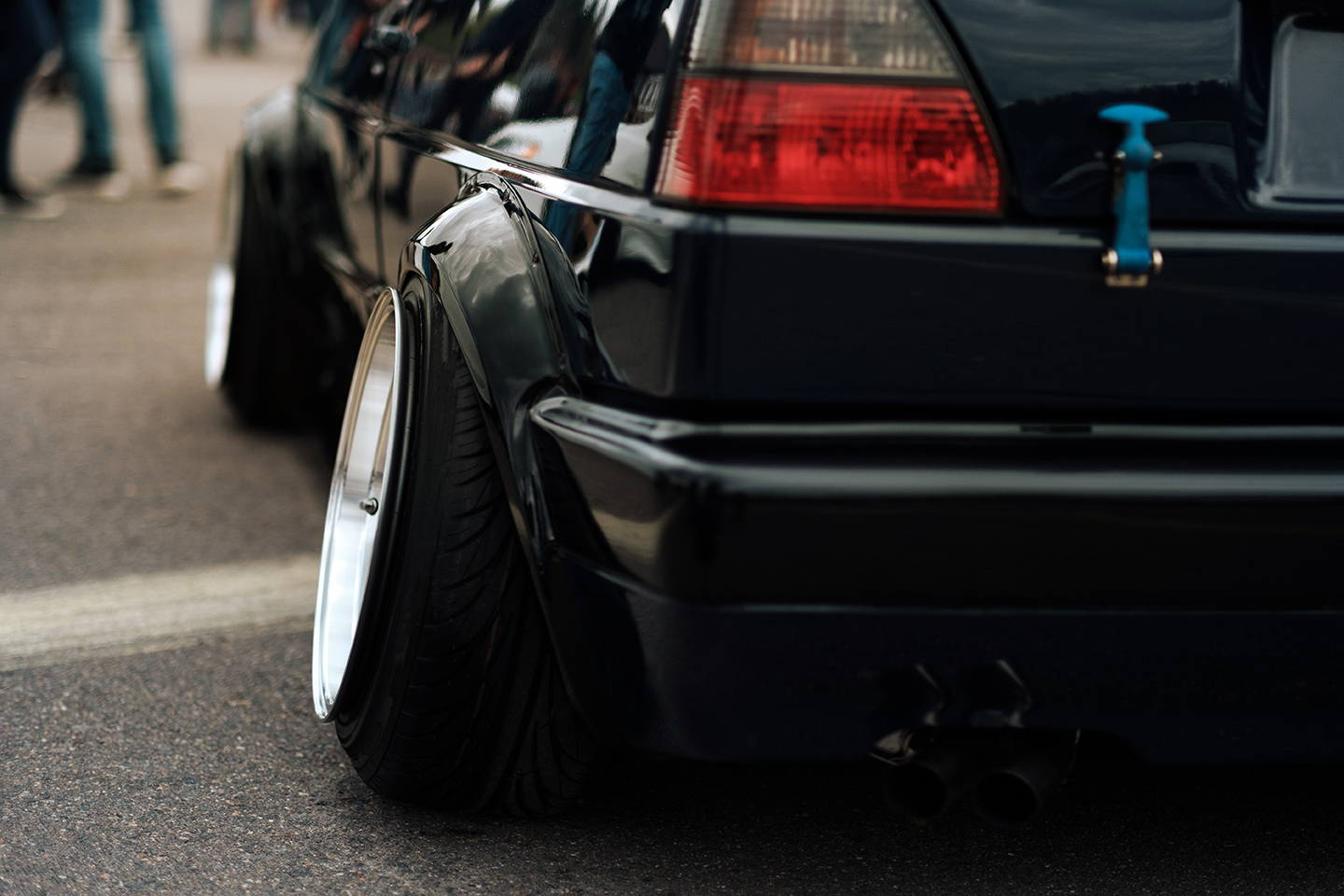
Question: When upsizing my wheels, is there anything else I should consider apart from size? I think wider wheels make my car look fiercer...
Each car has a specific limit for wheel sizes, due to various factors such as the original wheel size and the positioning of suspension components. By simply upgrading to a larger wheel size without taking other factors into consideration, you might find that your tyres end up rubbing on your wheel arches when going over humps or when making U-turns – causing premature wear.
Additionally, changing the size of your wheels will result in your speedometer displaying an inaccurate reading due to the dissimilar overall diameter. With the ever-increasing number of speed cameras on our roads, you wouldn’t want to receive a flashbang from our favourite orange-coloured cameras, would you?
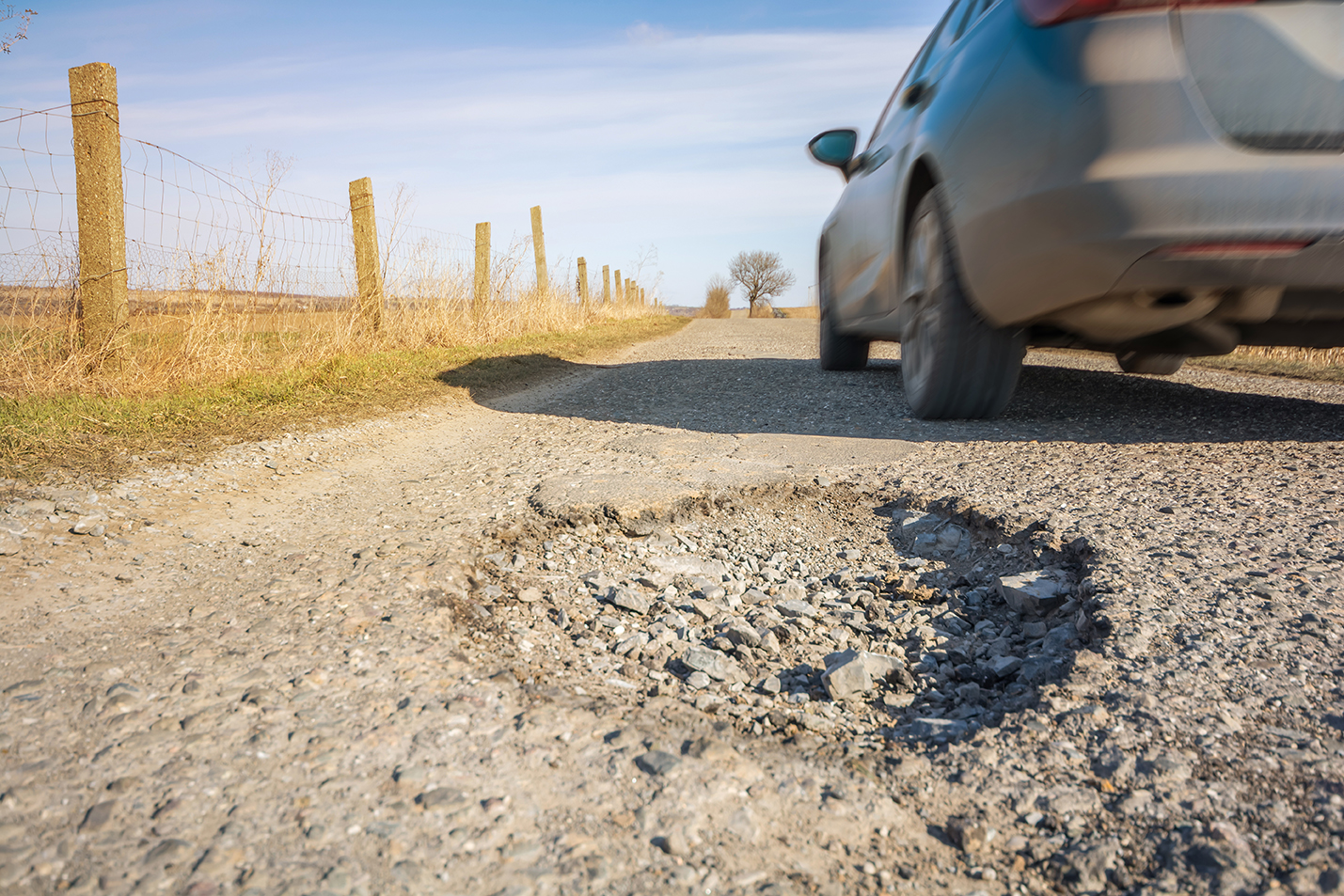
Question: Will bigger wheels make my car ride any different? I spend a lot of time in my car due to my scope of work...
Tyre sidewalls are designed with two main considerations in mind – the ability to absorb impacts from uneven road surfaces, and the ability to support the weight of the car even under high loads. By reducing the thickness of the tyre sidewall, reinforcements are required to maintain its strength. This will result in a bumpier and harsher ride, which not only makes it uncomfortable for you, but also puts more wear on your car’s suspension components.
If you cover a lot of mileage regularly, you should also be aware that larger wheels typically mean more weight (unless you spend big bucks on a set of forged alloy wheels). More weight on your axles means that your engine has to work harder to achieve the same speeds, resulting in poorer acceleration and higher fuel consumption.
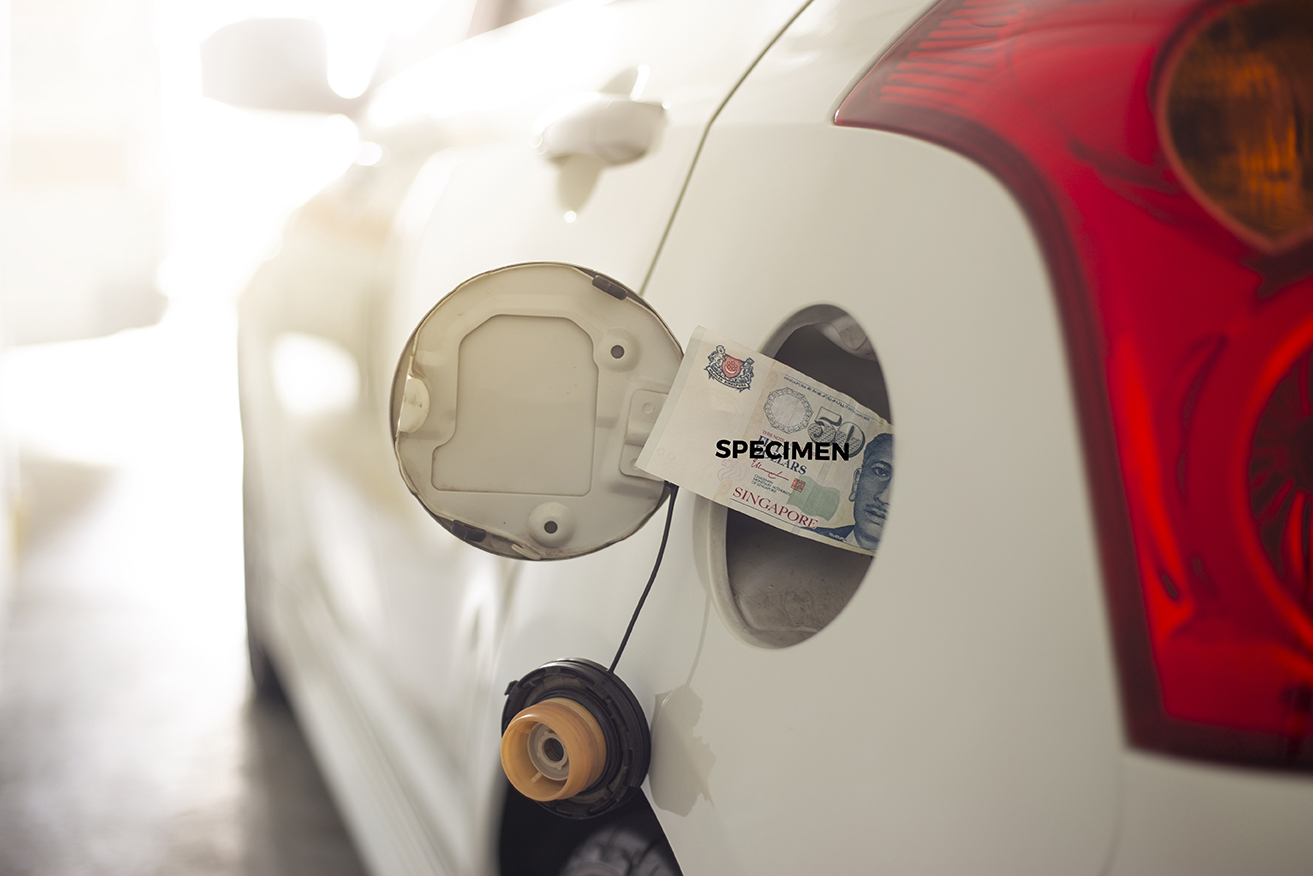
Question: Are tyres for bigger diameter wheels more expensive? I don’t want to spend too much when buying new tyres...
Unlike your vegetable-buying experience at the wet market, lower profile tyres actually cost more than higher profile tyres, despite seemingly using less rubber from a bystander’s point of view. You’re not being ripped off – lower profile tyres cost more due to a number of factors, which include additional sidewall reinforcements required for low-profile tyres, and basic economies of scale.
We’ll use the same initial example of upgrading your tyres from 195/65/R15 to 225/45/R17. Bridgestone’s average recommended retail price (RRP) for a 195/65/R15 tyre is $99, while the average RRP for a 225/45/R17 tyre is $154 – 55% more! Why so much more, you might ask – the low-profile tyres not only require additional metal components to retain the same load-bearing strength as the high-profile tyres, but are less competitively priced due to the lower demand.
Regardless of whether you’ve retained your original equipment tyre size or increased your wheel diameter, we would recommend you to perform a tyre search on our homepage to find suitable tyres for your car.
Need more advice on tyre care? Click here for more interesting tips and articles!